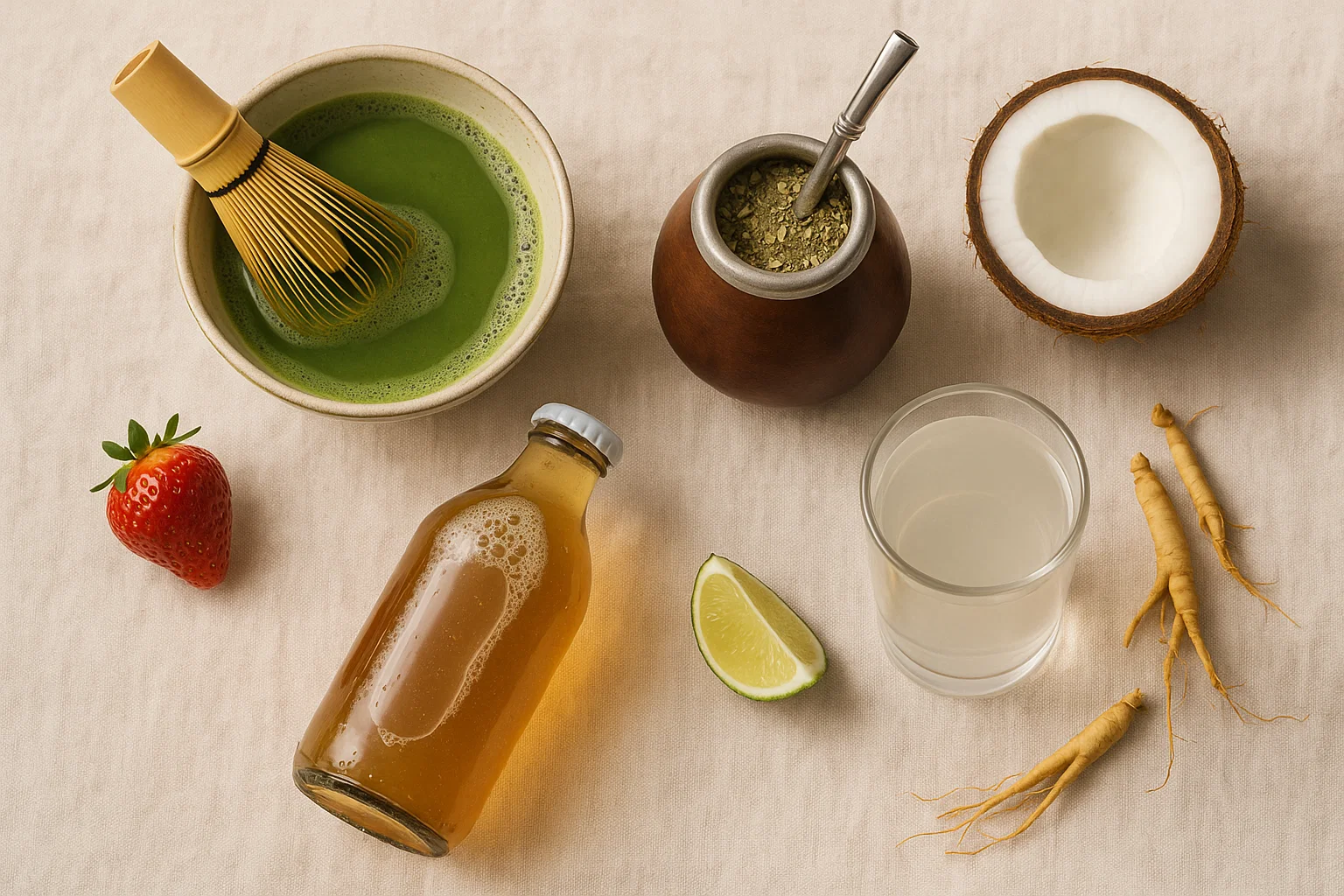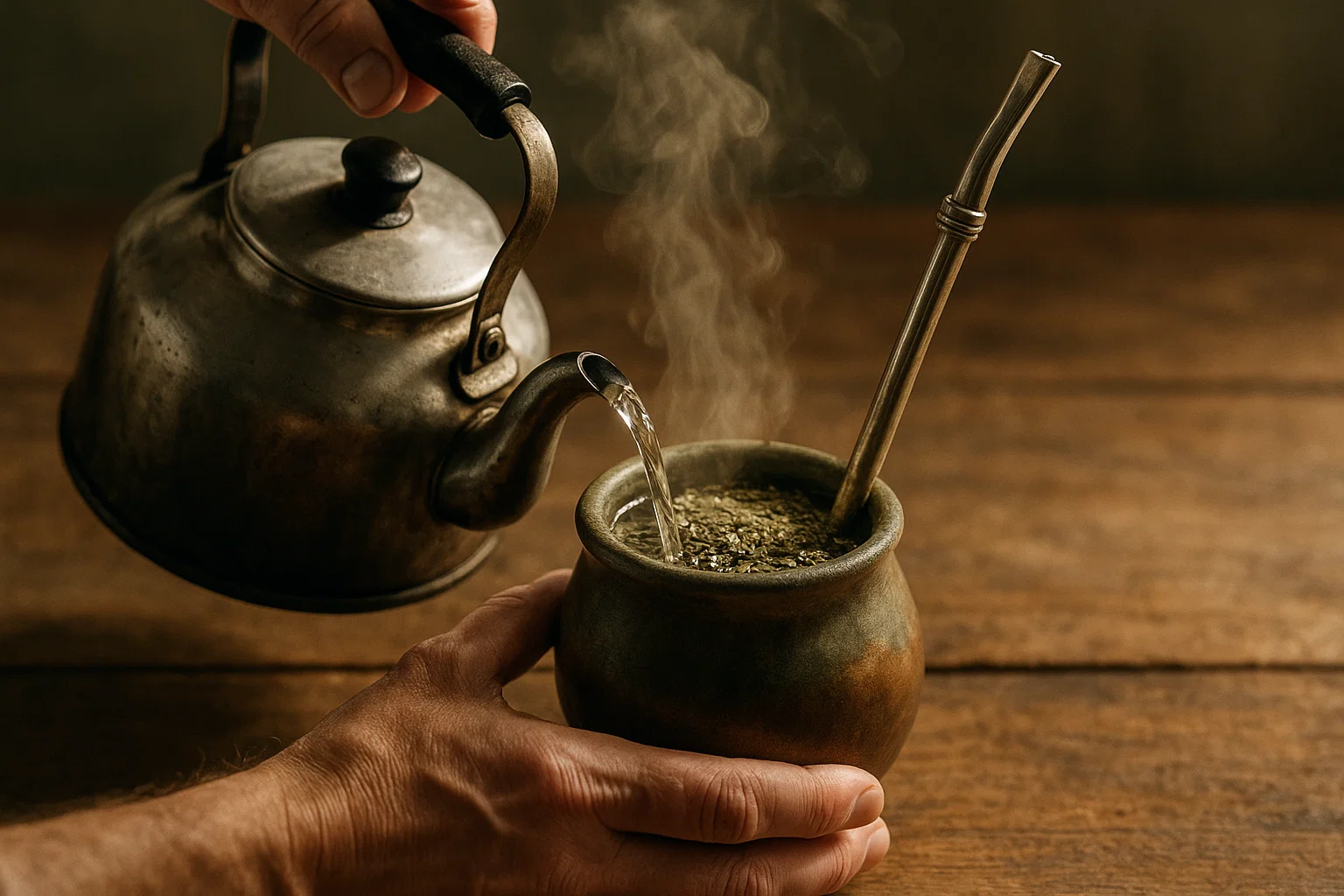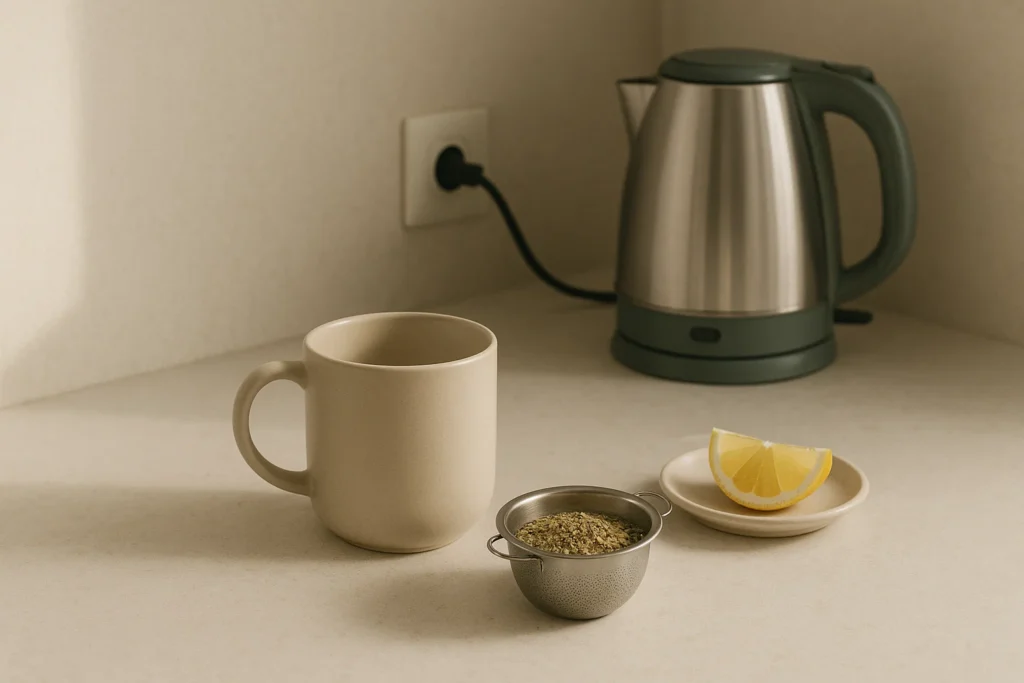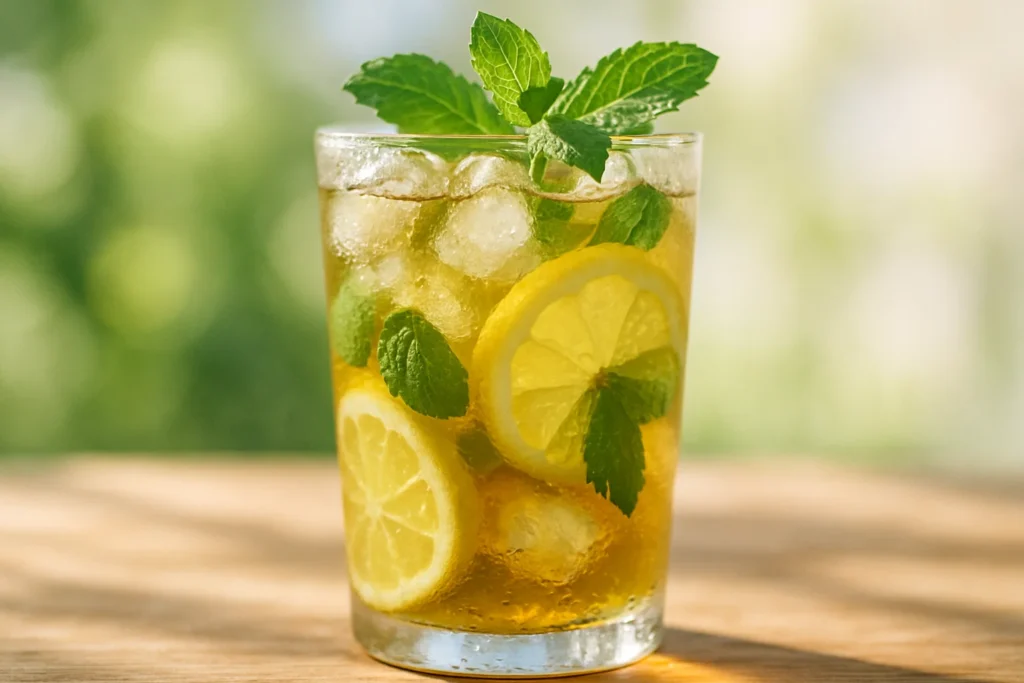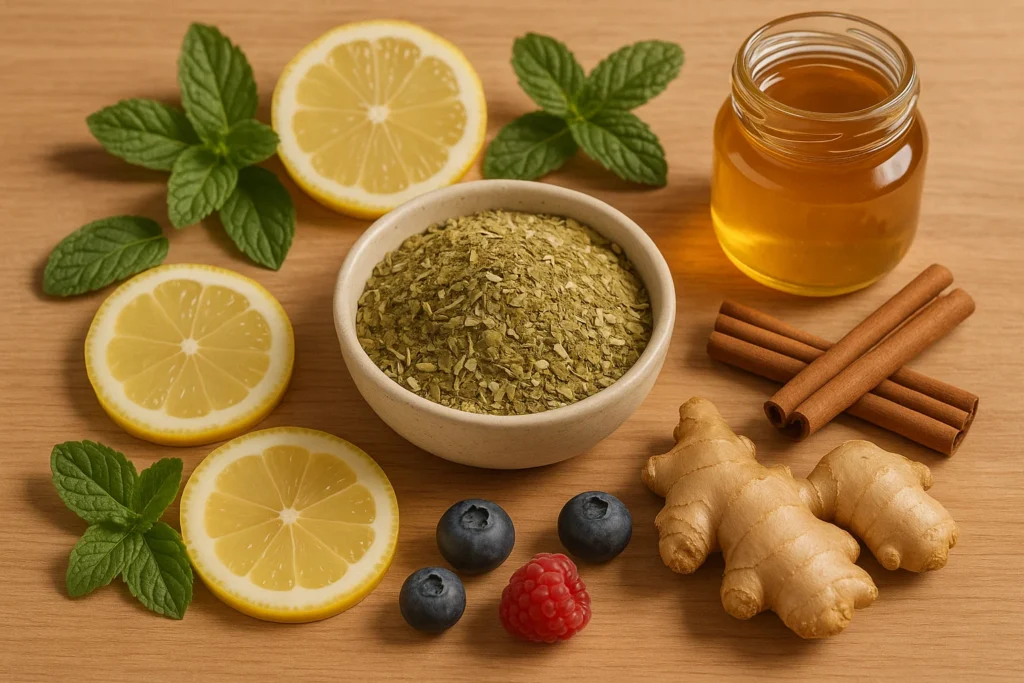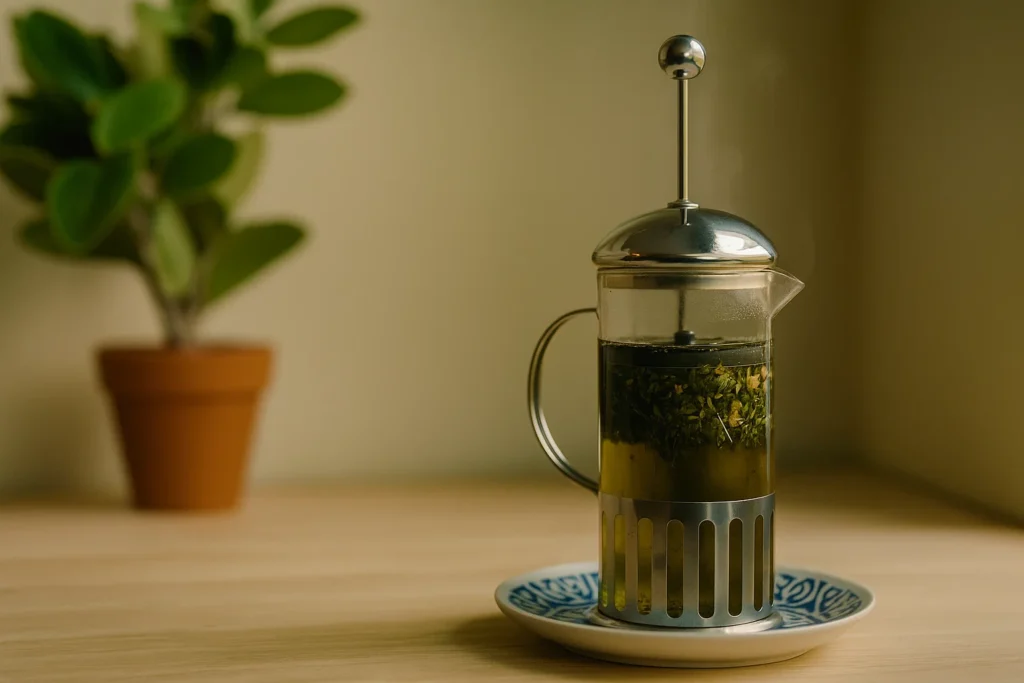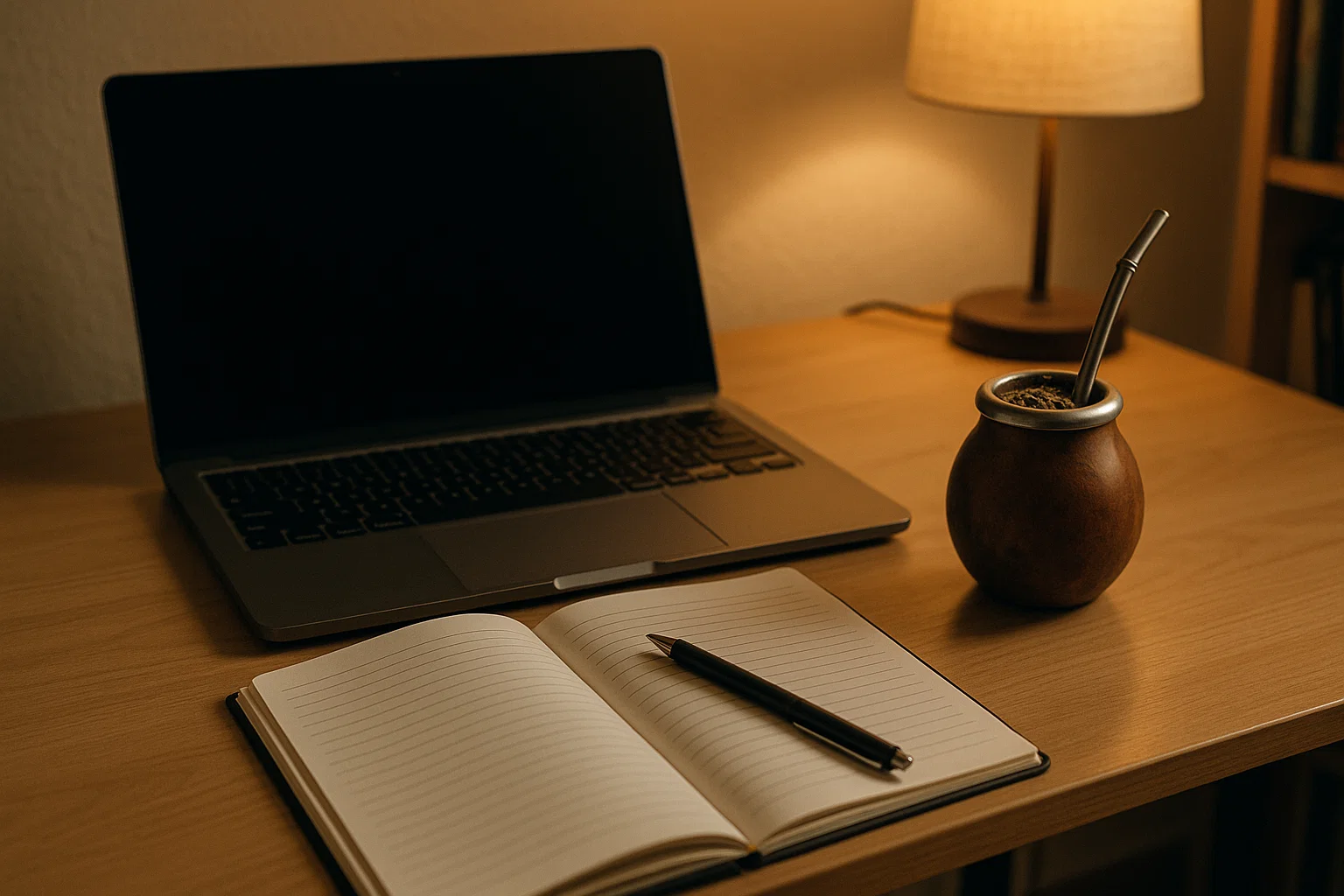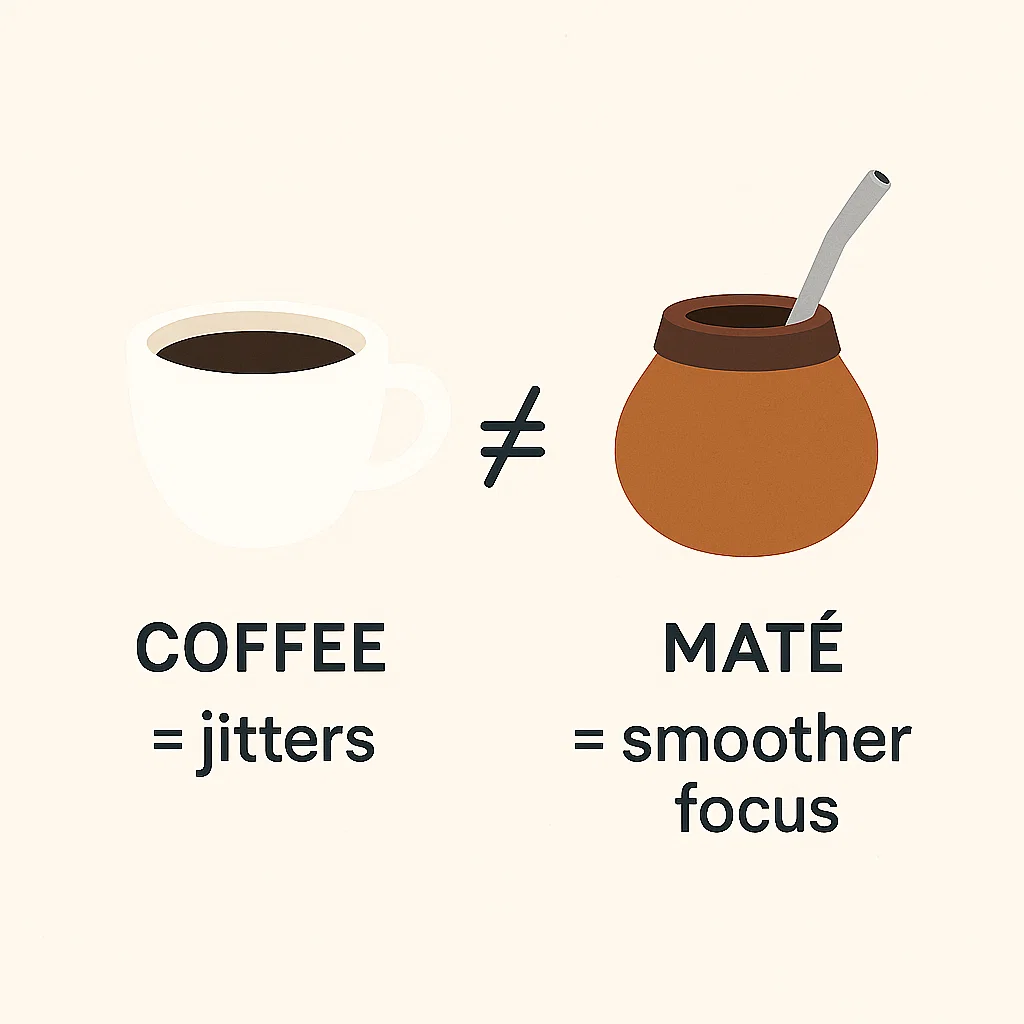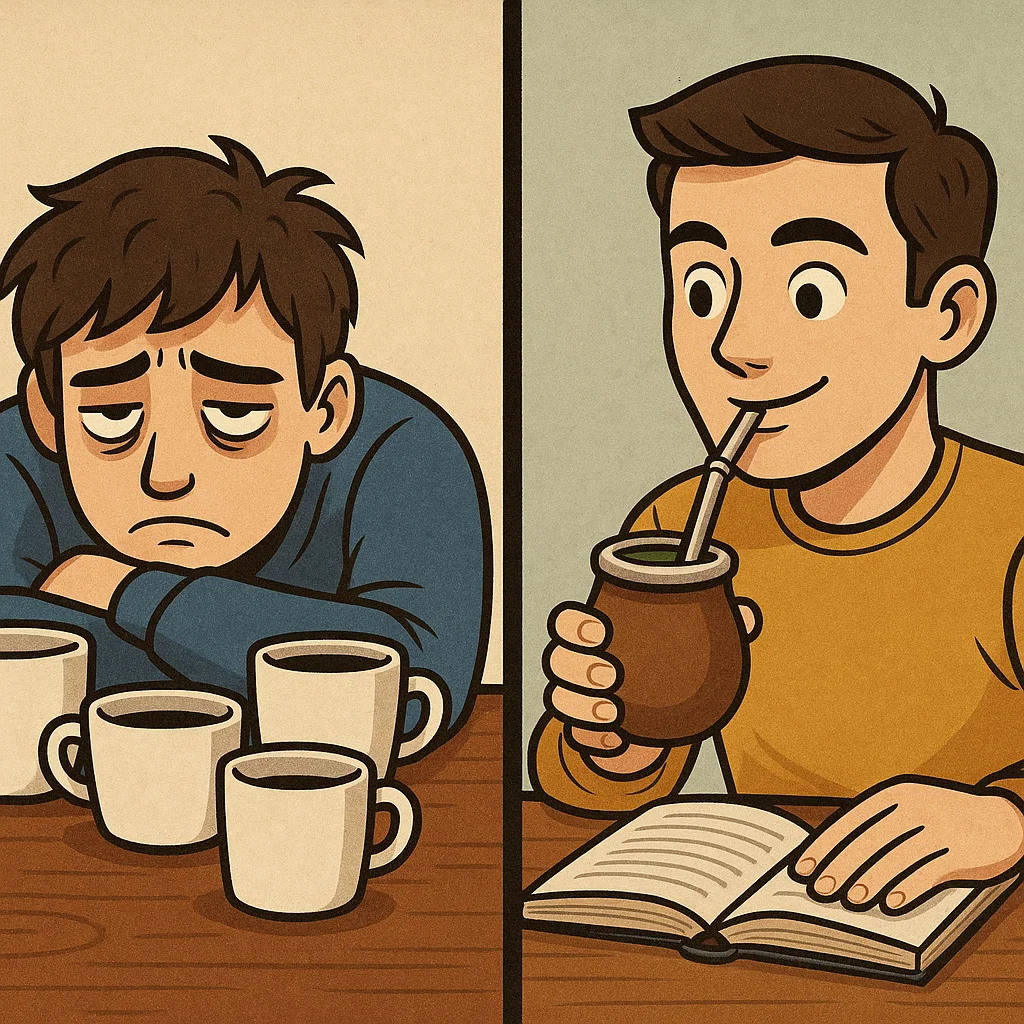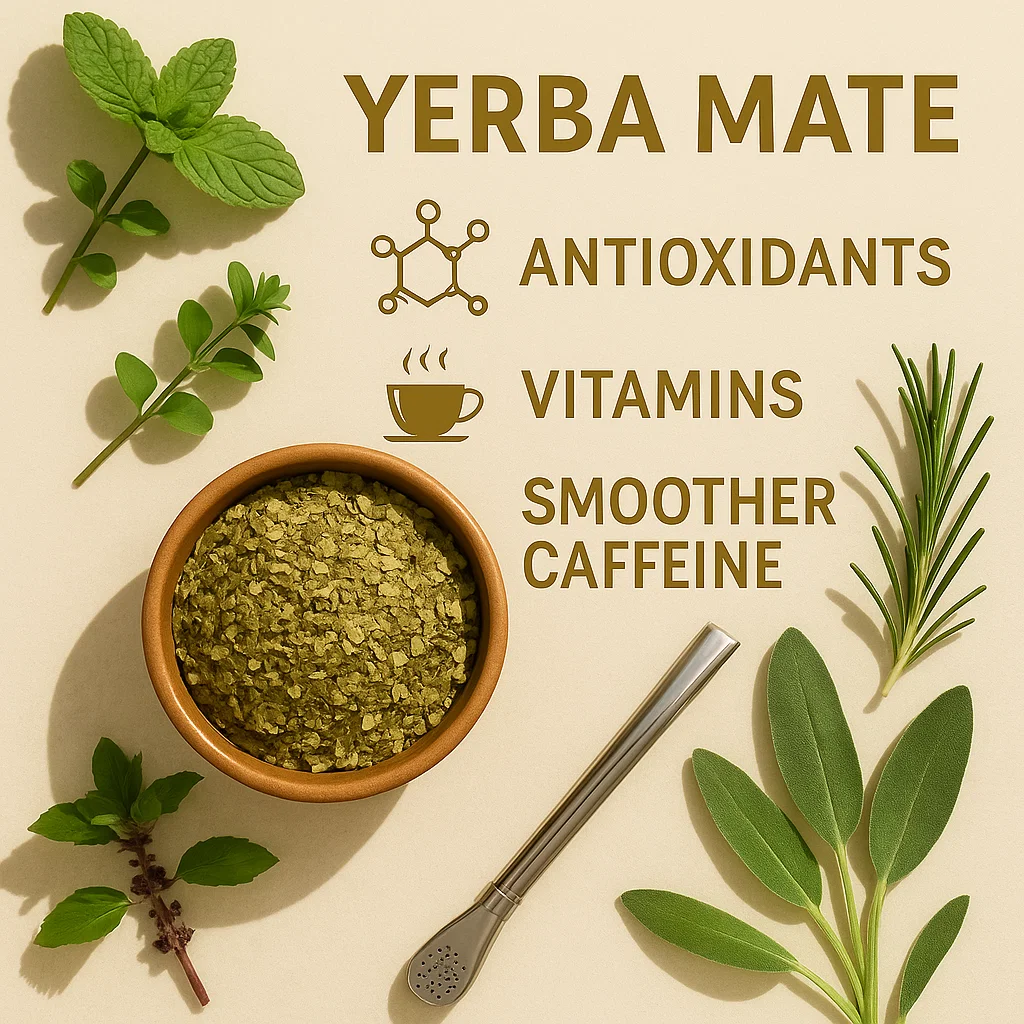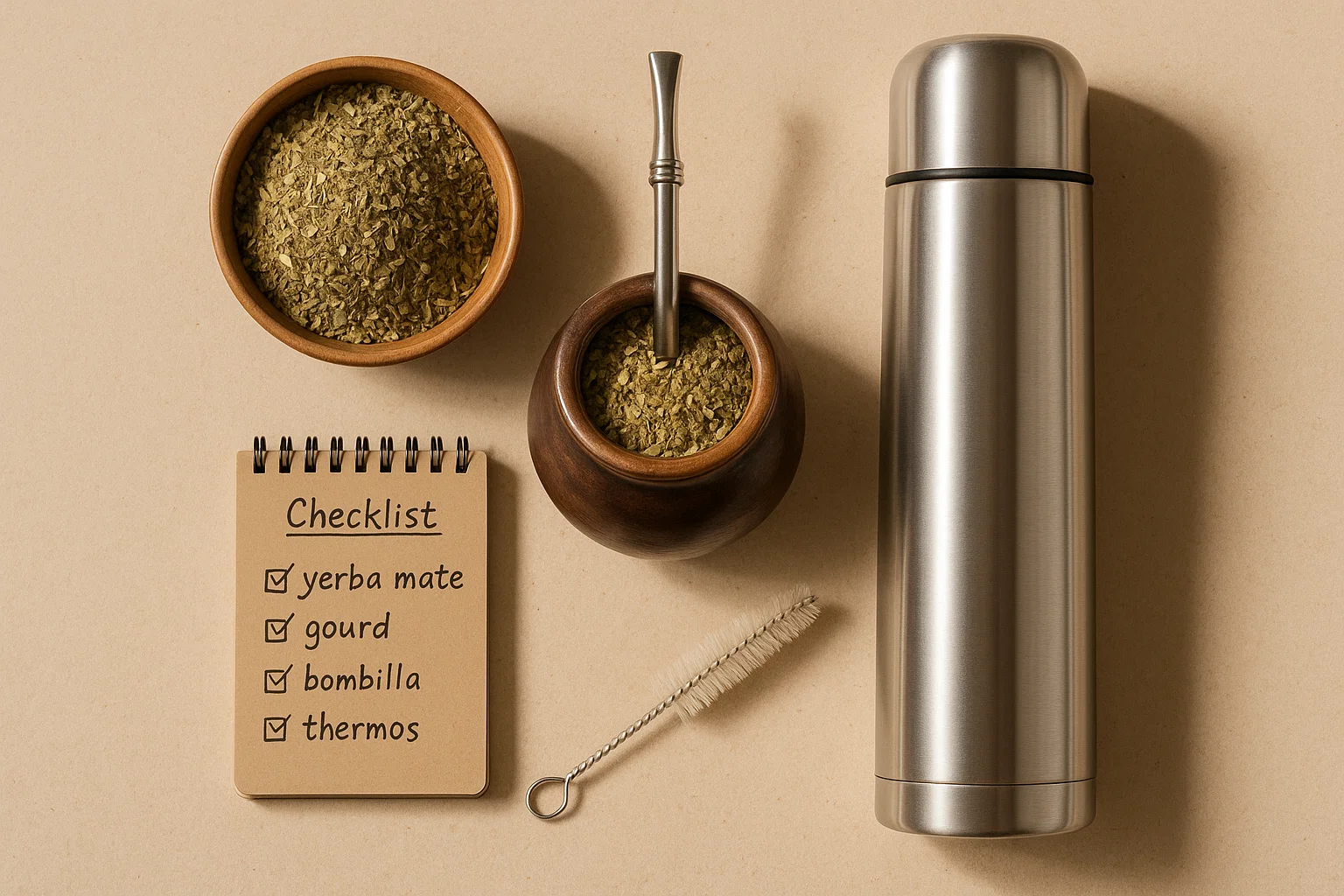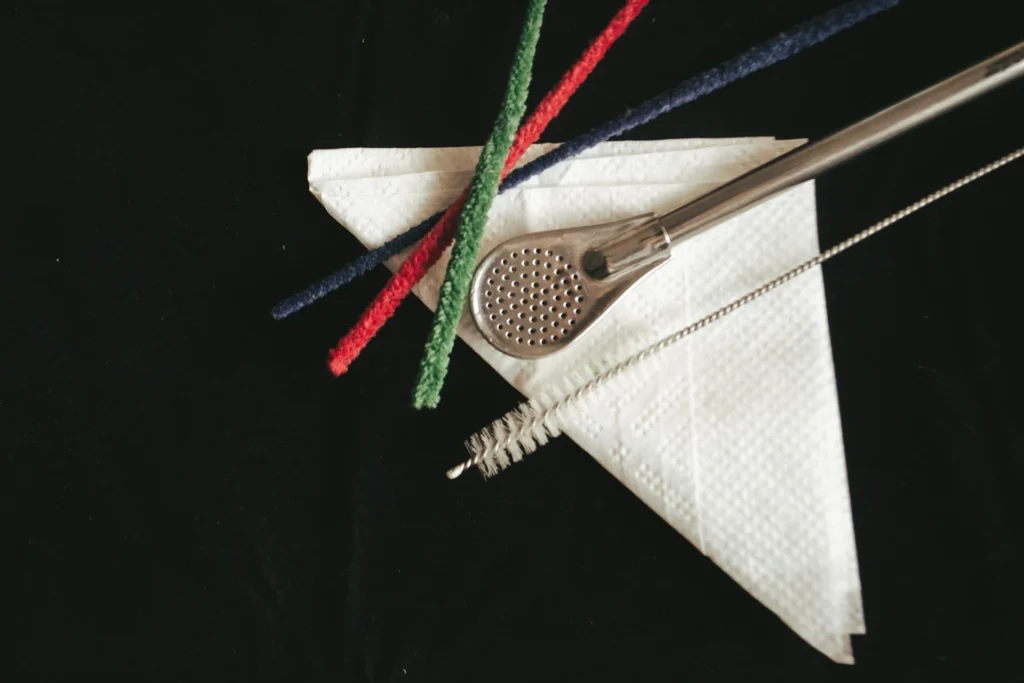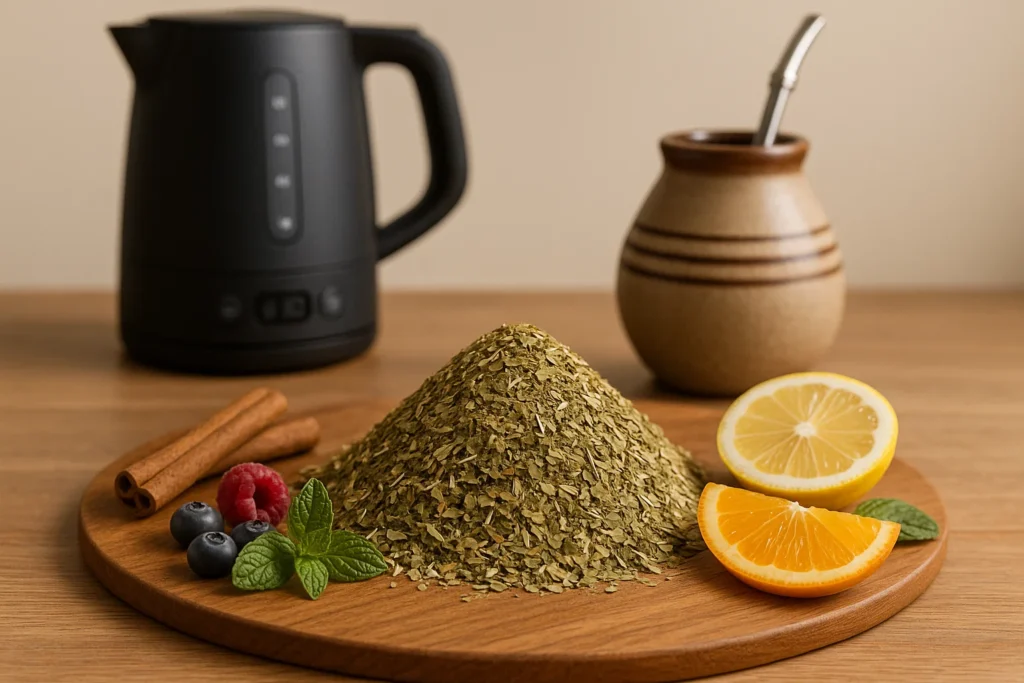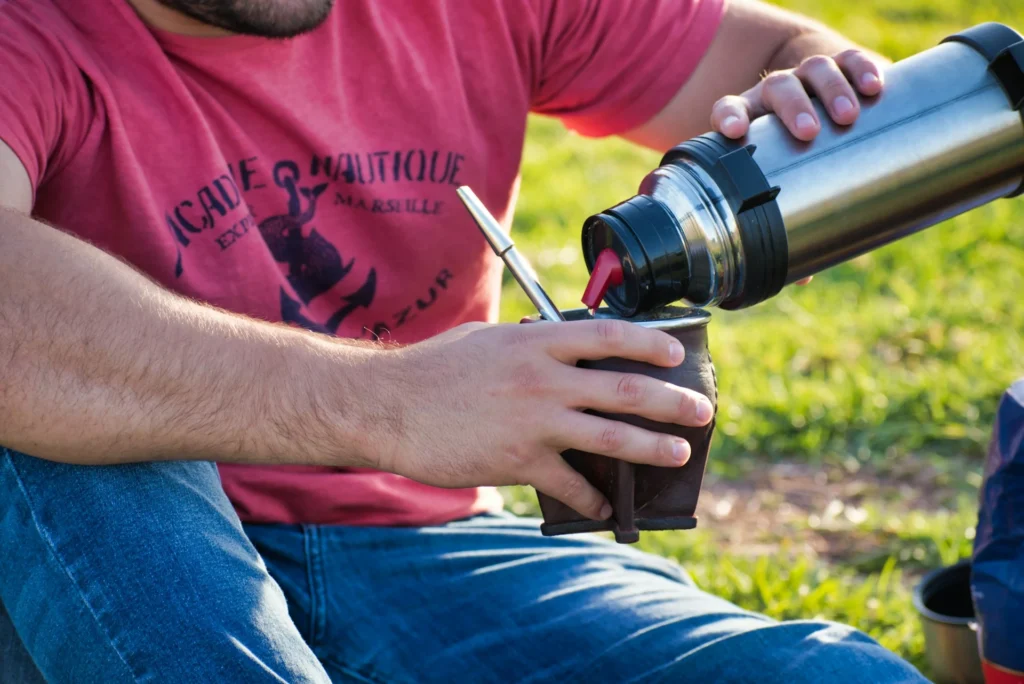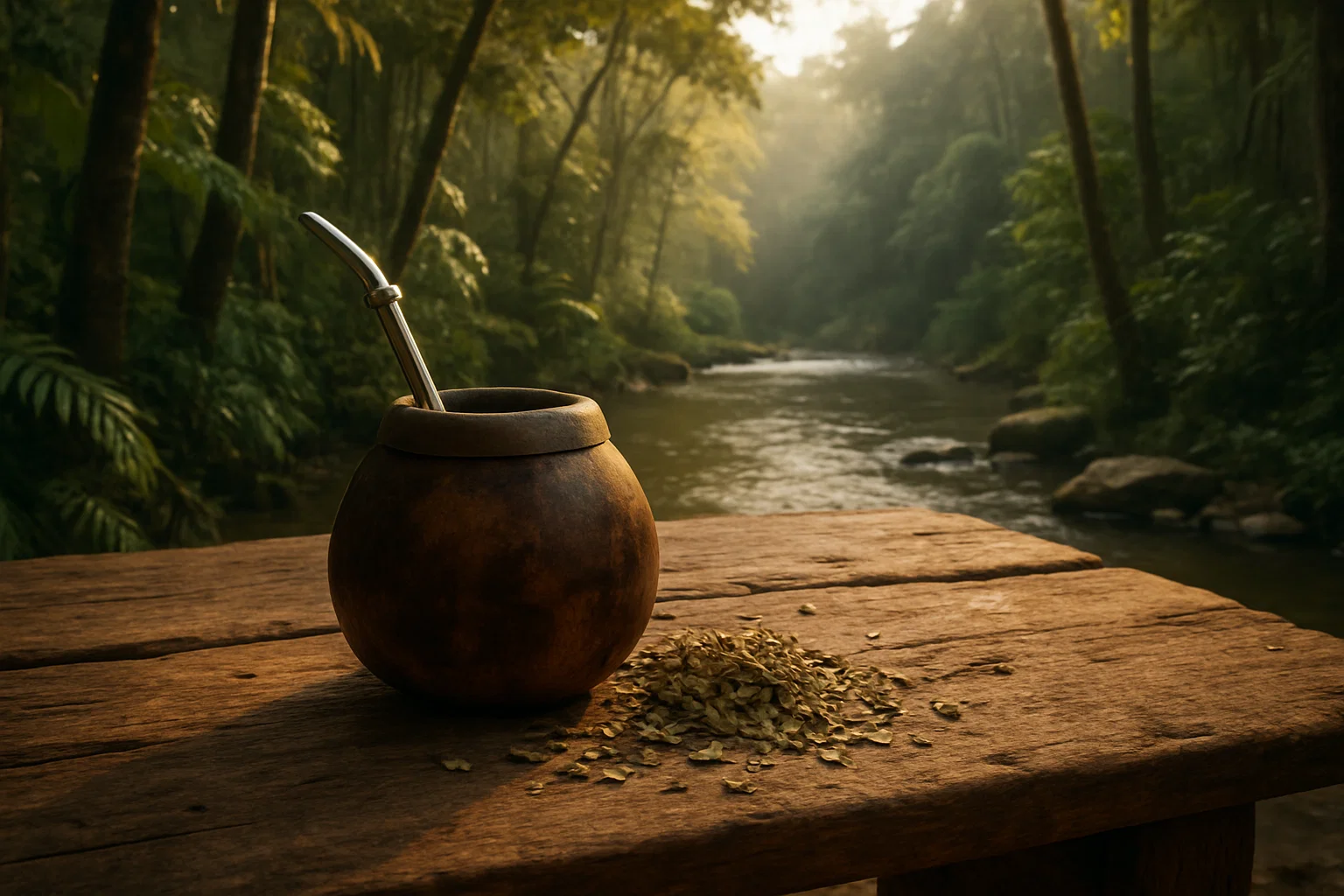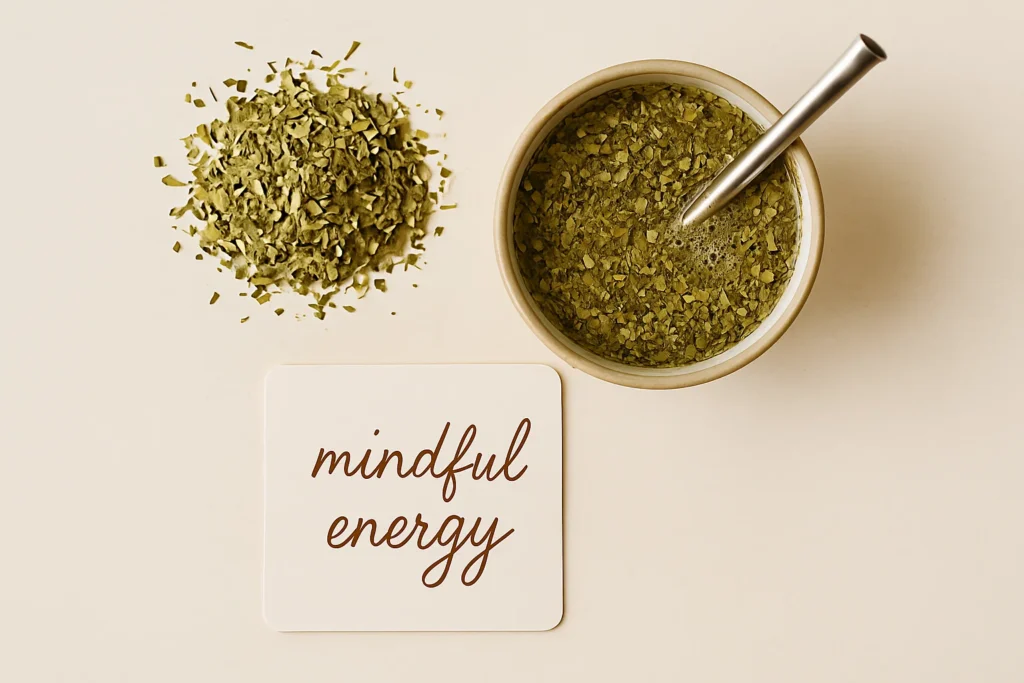It’s 7:45 a.m., and Nancy is already running late for work. Her usual order? A double espresso followed by two lattes before lunchtime. But lately, her desk looks a little different – instead of a paper cup from the café downstairs, she’s sipping a bright green matcha latte and a bottle of coconut water.
That’s the quiet shift happening everywhere – from university libraries to yoga studios and offices. People are still looking for their caffeine fix or refreshment, but they’re choosing drinks that promise something extra: focus, calm, energy, gut health, or even better sleep.
Welcome to the world of functional beverages.
What are functional beverages?
At their simplest, functional beverages are non-alcoholic drinks designed to do more than quench thirst. They combine hydration with ingredients that have added health or performance benefits – like vitamins, probiotics, antioxidants, natural caffeine, adaptogens, or electrolytes.
According to ScienceDirect, these drinks can support digestion, immunity, energy, or mental clarity depending on their formulation. You’ll find them in many forms: teas, fermented drinks, herbal blends, sparkling tonics, and even ready-to-drink ‘elixirs’.
While the trend feels new, the idea isn’t. Ancient civilisations have been preparing functional drinks for centuries – from herbal infusions in China to cacao in Mesoamerica and yerba mate in South America. The difference today is that science and marketing have caught up, reimagining these old rituals in modern cans and bottles.
A brief history: From rituals to retail
Before there were energy drinks and sports shakes, there were traditional tonics and plant-based infusions.
- Tea, one of the world’s oldest beverages, was used in China more than 4,000 years ago for alertness and meditation.
- Kombucha, the fermented tea now found in supermarkets everywhere, originated in East Asia centuries ago as a tonic believed to support digestion and immunity.
- Yerba mate, native to the Guaraní people of South America, became a shared social ritual and natural stimulant long before it reached cafés in Europe.
- And more recently, sports and electrolyte drinks joined the category, helping replenish fluids and nutrients after physical activity.
Each of these drinks began as a functional ritual – designed not just to hydrate, but to balance the body and mind.
The modern revival: Drinks for energy, focus, and calm
Fast forward to today, and functional beverages have become part of everyday life. Shelves are filled with colourful bottles promising clean energy, calm mind, or natural focus.
What’s driving it? A generation that wants to feel energised but balanced – not jittery or over-caffeinated, but they want to be present.
Forbes notes that this trend is linked to the wider mindful consumption movement: health-conscious consumers want products that enhance wellness, not just stimulate them.
You can see it in cafés and co-working spaces too – the matcha whisk sits beside the espresso machine, and there’s likely a bottle of kombucha or cold yerba mate on the counter.
Types of functional beverages
Here are some of the most popular categories making their way into people’s routines.
Matcha and green tea
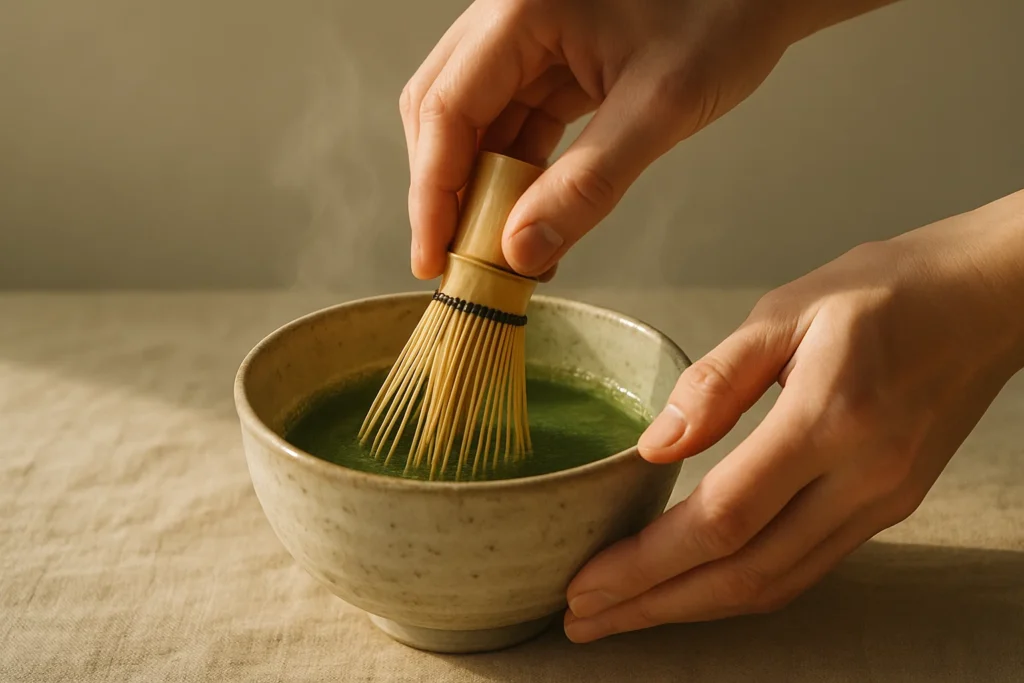
Rich in antioxidants and a compound called L-theanine, matcha provides sustained energy without the crash. It’s often chosen by those who want the focus of caffeine but in a smoother, calmer form.
You might’ve seen the recent news about matcha shortage caused by the heatwave and its viral popularity on TikTok – everyone’s clearly going crazy for it, and the supply has trouble to meet the demand. But let’s not forget, there’s a whole world of other functional beverages you can add to your routine.
Yerba mate
Native to South America, yerba mate offers a balance of caffeine, theobromine, and theophylline – a trio that provides steady mental clarity without overstimulation. It’s no surprise that many students and creatives are swapping coffee for mate.
👉 Learn more about its origins and benefits in our post on what is yerba mate.
Kombucha and probiotic drinks
Fermented tea packed with live cultures, kombucha has become the poster child for gut health. Lightly sparkling, slightly tangy, and often flavoured with fruits or herbs, it’s a refreshing alternative to sugary sodas.
Some versions now combine probiotics with adaptogens or added vitamins – taking functionality one step further.
Electrolyte and sports drinks

Originally developed for athletes, electrolyte drinks now appeal to anyone who wants quick hydration after workouts or long study sessions. Many new brands are shifting toward natural formulations with coconut water, magnesium, or pink Himalayan salt instead of synthetic additives. They bridge the gap between performance and wellness – functional energy without the artificial overload.
Adaptogenic drinks
Adaptogens like ashwagandha, ginseng, rhodiola, or reishi are popping up in sparkling cans and “brain tonics”. These herbs and mushrooms are believed to help the body adapt to stress and improve focus.
Some pair adaptogens with nootropics (compounds that support cognitive performance) like ginkgo biloba, promising calm alertness – the holy grail for those juggling busy lives.
Why the rise now?
There’s a simple reason: people are tired of extremes.
Many of us are moving away from the quick highs and crashes of strong coffee or sugary energy drinks. We’re looking for sustainable energy — drinks that align with a more balanced, mindful lifestyle.
That’s especially true for students and young professionals, who are rethinking how they fuel themselves. A cold brew might get you through a deadline, but a yerba mate or adaptogenic tonic helps you stay steady through the whole day.
A 2019 study led by Dr. Cornelis found that consumers are choosing drinks based on how they make them feel rather than the taste. Why not choose a beverage that makes you feel energised and tastes great at the same time?
Function meets ritual
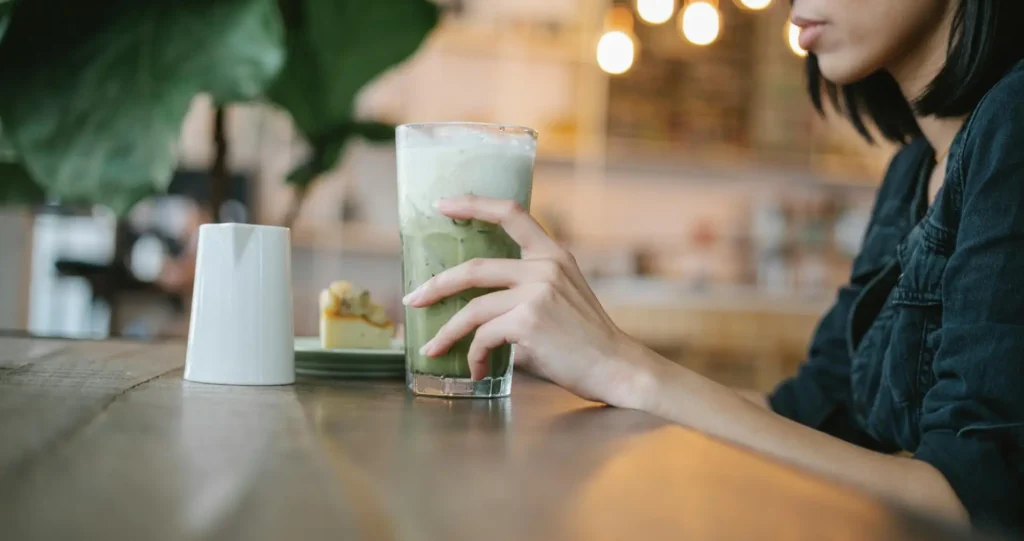
Beyond their benefits, many functional beverages also bring something deeper: ritual.
Preparing matcha, sharing mate, or even choosing your kombucha flavour becomes part of a mindful pause in the day. It’s not just about energy, but intention – about turning a quick sip into a small act of care.
👉 We’ll soon explore this in more depth in our upcoming post on modern beverage rituals.
The mindful middle ground
The rise of functional drinks doesn’t mean the end of coffee or tea. Instead, it reflects a shift toward balance – where people want both alertness and calm, energy and clarity.
It’s the same philosophy that guides much of wellness today: less crash, more consistency; less excess, more purpose.
For us, it’s about connecting these ideas to the everyday – showing that even your morning drink can be both enjoyable and functional.
Curious to explore more? Check out our posts on:
👉 What is yerba mate? – discover the traditional drink behind the modern energy trend.
👉 The health benefits of yerba mate – find out how its natural compounds can support focus and wellbeing. Coming soon.
👉 Modern beverage rituals – coming soon.
Until then – sip mindfully. 💚

